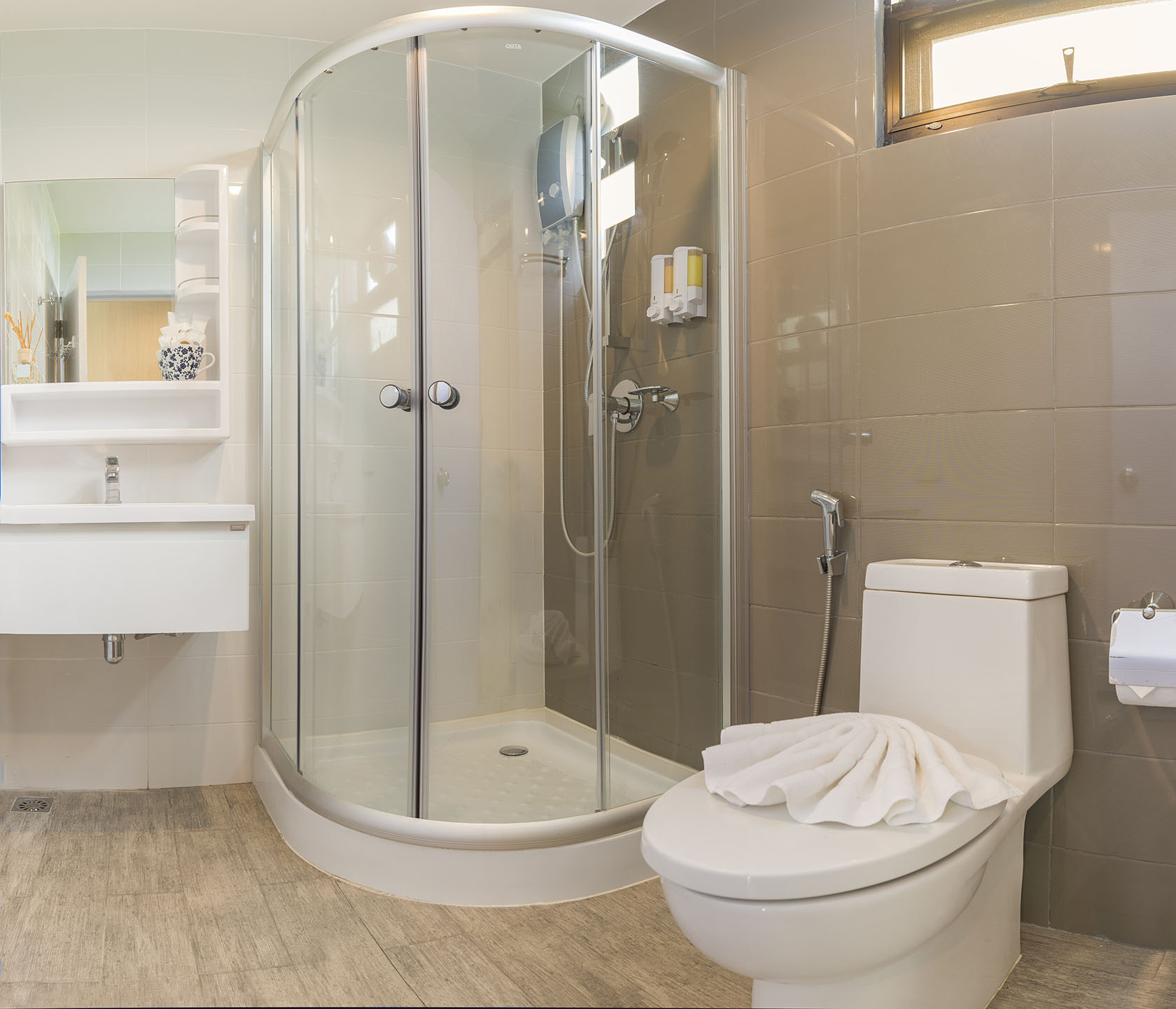
Designing a bathroom is an extremely difficult and complex task that requires appropriate technical knowledge and good preparation. The bathroom is a place for daily hygiene care, where you can also relax and unwind after a hard day at work. It's no wonder that everyone wants it to look its best. In addition to the aesthetic values that can be obtained by carefully selecting furniture, appliances, and accessories, the bathroom should also be functional and comfortable. It is important to ensure high-quality equipment that will last many years despite adverse conditions. It is also worth considering tiles, which as a water-resistant finishing material, work great both on the floor and the walls of the bathroom.
Why tiles
In bathrooms, especially those with a small area, conditions of high humidity often prevail. To properly protect the walls and floor from the negative effects of water, the highest quality products should be used. Nothing handles it better than ceramic tiles. Made from the best quality raw materials, they do not absorb water, making them perfect for use even in windowless bathrooms. They are also resistant to mechanical factors such as scratches or pressure caused by everyday items.
With the help of tiles, you can also create unique patterns on the walls. Most stores, in addition to simple base tiles, have decorative elements. These include multicolored mosaics, tiles with plant motifs, or glass strips. With their help, you can arrange the bathroom according to current trends and your own preferences.
Coverage rate
Tiles can be laid on both the floor and walls of the bathroom. However, people often deliberately choose not to lay them on parts of the walls to minimize costs. It is worth determining at the planning stage which part of the bathroom will be lined with them. They are especially recommended for floors that are exposed to direct contact with water. Walls can be covered with special waterproof paints or wallpapers.
Some people choose to lay tiles on only a few walls to achieve the desired interior design effect. They paint the rest with colorful paints to create a cohesive composition. Wall tiles laid only halfway are also commonly seen. In some cases, there is no need to use them on the entire surface. It is advisable to determine in advance which part will be covered with them.
Size of the bathroom
Having the original bathroom plan in mind, you can proceed to calculate the exact number of tiles needed. To do this well, you need to accurately measure the bathroom walls, considering their width and height.
When calculating the number of wall tiles needed, measure the width of each wall and then add all the results together. This value should be multiplied by the height to obtain the correct result. You should not subtract the forecasted spaces for windows or doors, as there are always losses to consider and be well prepared for them. In the case of floor tiles, you need to measure their length and width and then multiply the obtained dimensions. This way, you can make approximate calculations.
Decorative tiles
When arranging the bathroom yourself, you should also take into account tiles with a decorative character. They usually have different shapes than classic tiles. They often appear in the form of thin and elongated slats or unconventional mosaics. You need to be well-prepared for their purchase.
Firstly, plan the look and placement of the tiles on the wall. In stores, you can often find ready-made collections with decorative elements that are easy to compose with each other. It is worth buying a larger number of decorative tiles to have a backup in case they are damaged. Store offers change very quickly, so no one can guarantee that today's models will be sold in the future.
What to remember
When ordering tiles for your own bathroom, you should always order more than you expect to use. Tiles, although really resistant to damage and cracks, sometimes break. It's worth being prepared for such an eventuality. The method of laying tiles also significantly affects the calculation of the number of needed items. When opting for the classic version, you should order 10% more for an area up to 10 m², 5% more for an area from 10 to 50 m², and 3% more for an area over 50 m². In the case of laying tiles diagonally, this amount will be twice as much. This is due to the need for tile cutting.
To minimize losses, it is worth preparing appropriately. Many people sketch at the beginning to ensure that such tile arrangement will be satisfactory. It is also worthwhile to order the correct amount of adhesive or mortar to avoid unnecessary breaks during work. If you don't use all the purchased elements, it's advisable to keep a few pieces of each model to be well-secured. If calculations differ significantly from reality and there are many tiles left – you can always sell them to recover at least part of the costs incurred.


















